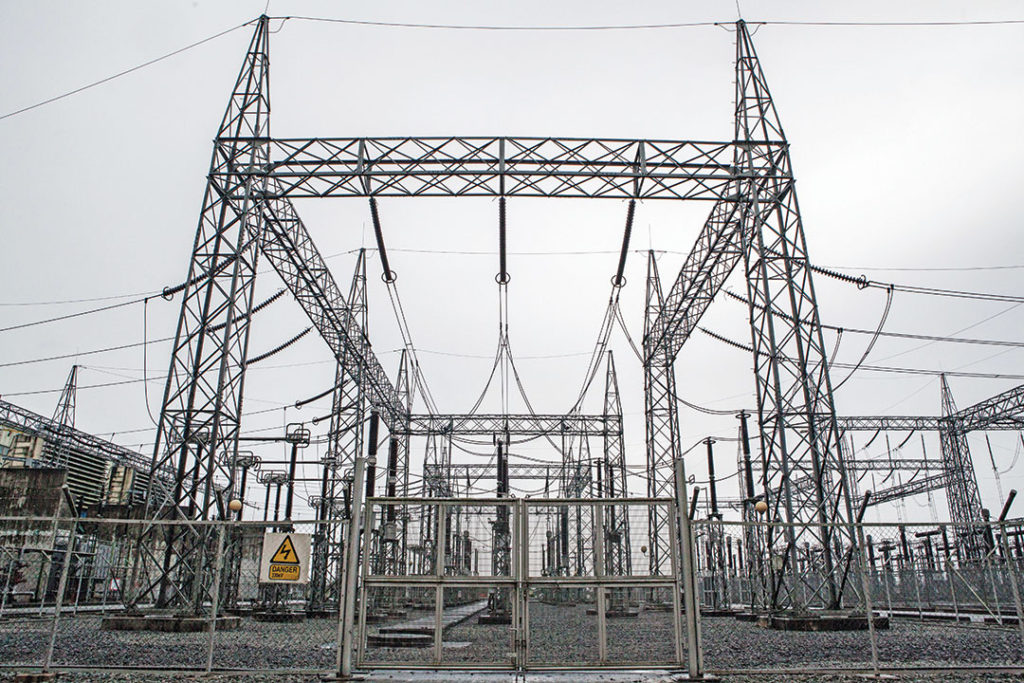WORLD BANK
Photo by AFP/GETTY IMAGES
Fourteen West African countries with 27 national electricity utilities are working to build an integrated regional power market.
The West Africa Power Pool is completing the physical interconnections to send power across borders. About 7 percent of the region’s electricity is traded among the 10 already-connected countries. It is anticipated that by the early 2020s the most critical cross-border links will be in place, making it possible for electricity to flow throughout West Africa from countries with cheaper, cleaner and more abundant energy resources to those lacking them.
Access to electricity in West Africa is at 52 percent, with shortages of up to 80 hours per month. Electricity there remains among the costliest in the world, at 25 cents per kilowatt-hour, more than twice the global average.
Demand in West Africa often is too low to attract investments in large projects that benefit from economies of scale. Instead, these countries rely on small-scale, expensive oil-fired power generation. Lack of planning has led to a reliance on emergency rental plants, which further inflates costs.
The power pool consists of Benin, Burkina Faso, Côte d’Ivoire, The Gambia, Ghana, Guinea, Guinea-Bissau, Liberia, Mali, Niger, Nigeria, Senegal, Sierra Leone and Togo.
The World Bank estimates the economic benefits of a West African power market at $5 billion to $8 billion per year. The power system also will become more resilient by balancing unexpected energy shortages. The sizable market created by integrating these 14 countries will be more attractive to private sector investment in power generation.

